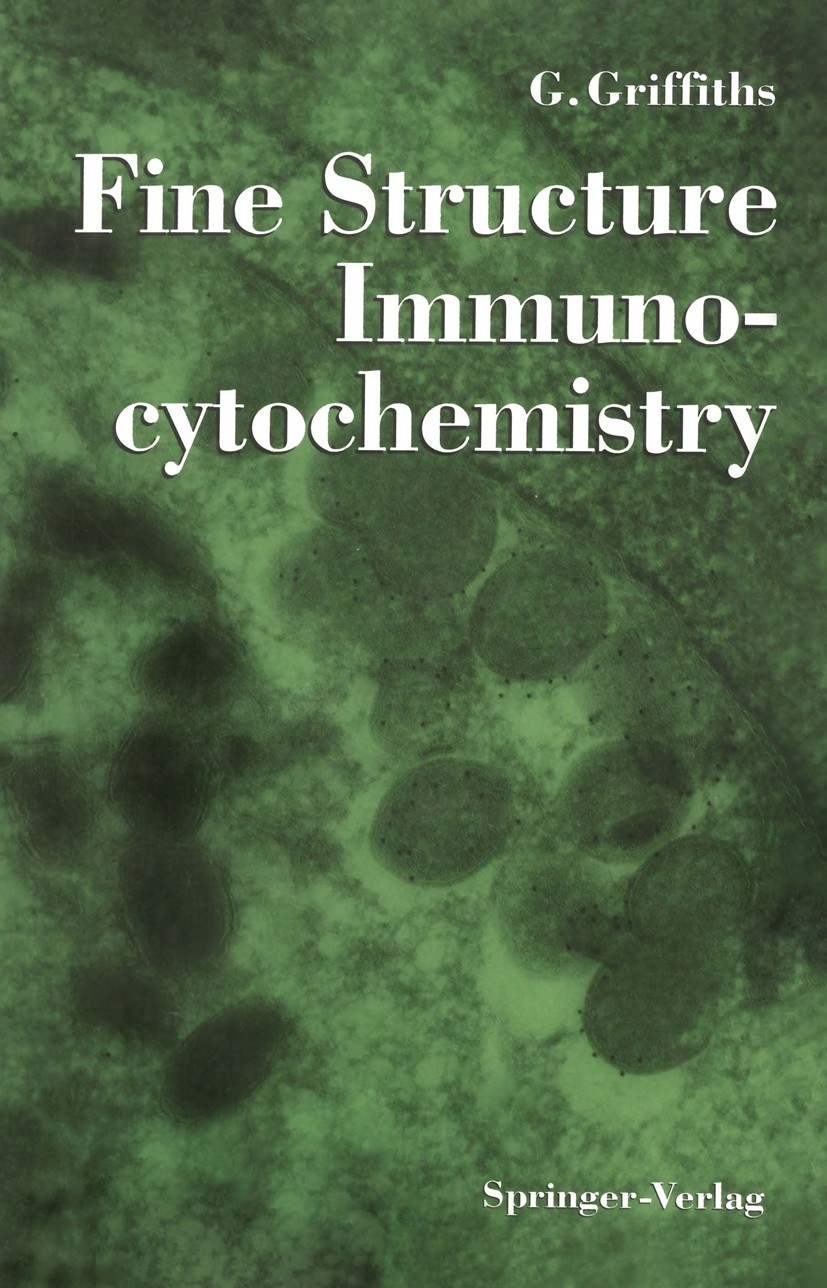| 书目名称 | Fine Structure Immunocytochemistry | | 编辑 | Gareth Griffiths | | 视频video | http://file.papertrans.cn/344/343502/343502.mp4 | | 图书封面 |  | | 描述 | Electron microscopy in the biological sciences can be divided into two disciplines. The first, concerned with high resolution detail of particles or periodic structures, is mostly based on sound theoretical principles of physics. The second, by far the larger discipline, is interested in the information obtainable from thin sections. The theoretical back ground to those groups of techniques for preparing and looking at thin sections is often inexact and "loose", for want of a better word. What should be chemistry is often closer to alchemy. This kind of electron microscopy is often enshrined with mystical recipes, handed down from generation to generation. Admittedly, many of the processes involved, such as those required to embed tissue in epoxy resins, involve multiple interconnected steps, which make it difficult to follow the details of anyone of these steps. If all these steps are shrouded in some mystery, however, can one really trust the final image that emerges on the EM screen? When we present the data in some semi quantitative form is there really no better way to do it than to categorize the parameters with ++, +/-, etc? What happens when one labels the sections with a | | 出版日期 | Book 1993 | | 关键词 | antibody; biology; chemistry; electron microscopy; enzyme; enzymes; ferritin; glycoprotein; membrane; microsc | | 版次 | 1 | | doi | https://doi.org/10.1007/978-3-642-77095-1 | | isbn_softcover | 978-3-642-77097-5 | | isbn_ebook | 978-3-642-77095-1 | | copyright | Springer-Verlag Berlin Heidelberg 1993 |
The information of publication is updating

|
|
 |Archiver|手机版|小黑屋|
派博传思国际
( 京公网安备110108008328)
GMT+8, 2025-12-28 17:23
|Archiver|手机版|小黑屋|
派博传思国际
( 京公网安备110108008328)
GMT+8, 2025-12-28 17:23


